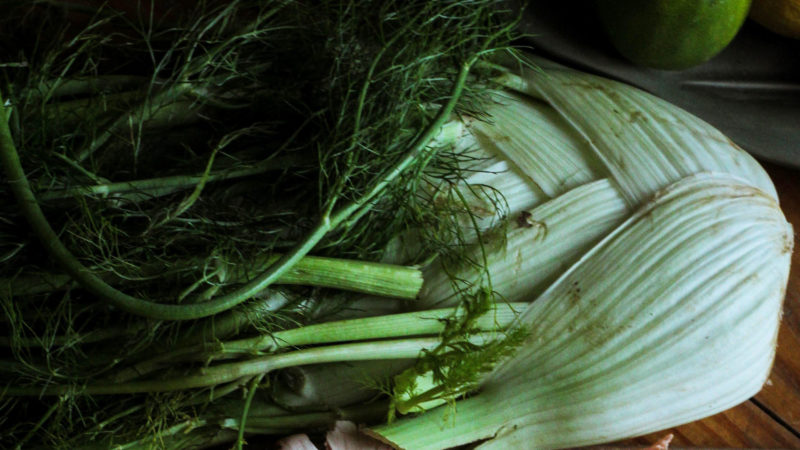Last Updated on May 5, 2022
Fennel is a perennial plant, boasting a mild and aromatic flavor, with a history as rich and abundant as its many uses in the kitchen. Most often, it is used to add flavor to meats and is often used to spice up Italian-style sausages.
History of Fennel
The fennel plant is native to Mediterranean soils and has a history of being used for culinary, aromatic, medicinal, and mystical means. The mild, sweet, and spicy flavors of fennel have long been used in culinary traditions across the world—from being baked into bread in Greece, cooked with sausage in Italy, and featured in Indian staples like Masala and chutney.
Fennel is prized for its aromatic properties and has been blended into soaps, perfumes, candles, and cosmetics for hundreds of years. It is also common to see fennel seeds served post meals as a breath freshener. Ancient Egyptians and Chinese used fennel as a medicine to relieve gastrointestinal discomfort, like stomachaches and indigestion, and ancient Greeks believed it to bolster strength and stamina. In mystical traditions of the middle ages, it was common to hang fennel over doorposts to ward off evil spirits.
Today, Fennel is grown across the world, from plantations in China to wild fennel fields of California. It boasts a distinct yet mild flavor, making it the perfect ingredient to try if you are looking to spice up your adventures in the kitchen.
What is Fennel? Vegetable, Herb, and Spice
Fennel is a member of the carrot family, often associated with cumin, dill, and anise. All portions of fennel—the bulb and stalk, fronds, and seeds—are not only edible but delicious. Due to this versatility, fennel is classified as a vegetable, an herb, and a spice.
The fennel root-bulb has a unique shape that looks like part garlic, part celery, and part onion. When raw, it has the crunchy texture of celery. When cooked, the texture becomes silky, and the flavor smooth and subtle. Herb fennel refers to the green leafy fronds of the plant, which is great as a garnish to compliment parsley, cilantro, or dill weed. Fennel seeds are harvested from the flowers and dried, used whole or ground up, and treated as a spice.
Fennel Flavor Profile and Benefits
Fennel is the softer cousin of the anise taste. The taste of anise is warm, sweet, spicy, and highly aromatic. Anise is most commonly known as the flavor behind licorice and certain pungent alcohol drinks like absinthe and aquavit. While anise can be a polarizing flavor—having a similar love/hate profile as, say, cilantro—fennel strikes a much milder balance. The softness of the flavor in fennel makes it a much more versatile and accepted flavor, and many people who dislike the strong licorice taste of anise enjoy the soft flavors of fennel.
Fennel seeds have long been used to promote digestive health. Fennel is a source of Vitamin C and manganese, which promote immune health and metabolism. Fennel oil contains dozens of antioxidants as well.
How to Use Fennel
One benefit of buying fresh fennel is that you can use the entire plant when cooking.
The uniquely delicious flavors of the bulb, fronds, and seeds are a great way to add a splash of unique, spicy flavor to just about any dish.
Add crushed seeds to homemade tzatziki or a warming butternut squash soup. Use fennel as a dry rub ingredient on your favorite meats, like pork chops or chicken drumsticks. Sautée sliced fennel bulb with onions and peppers for taco Tuesdays or fajita Fridays, and substitute the fresh green fronds as a garnish on top of your favorite roast vegetable recipe.



